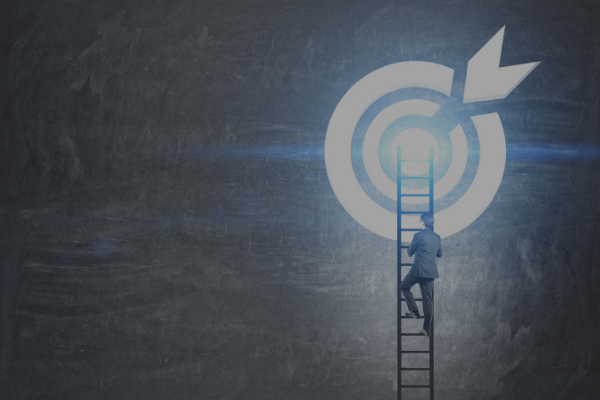When you interact with the number anxiety disorders that I do, you have the opportunity to see patterns emerge in a crowd. Over years of doing this thing I do, and interacting with the large number of people that I have, I can see that when it comes to recovery from an anxiety disorder, there are clear “stages” of recovery that most people progress through. None of these are absolutely set in stone, but the odds are high that you will identify with one of these stages.
Are You Subscribed To My Newsletter?
Recovery tips. Updates on recovery resources. Encouragement. Inspiration. Empowerment. All delivered to your inbox! Subscribe here FREE.
Helpful Recovery Resources:
My Books | FREE Resources | Courses and Workshops | Disordered (with Josh Fletcher) | Join My Instagram Subscriber Group
Podcast Intro/Outro Music: "Afterglow" by Ben Drake (With Permission)
